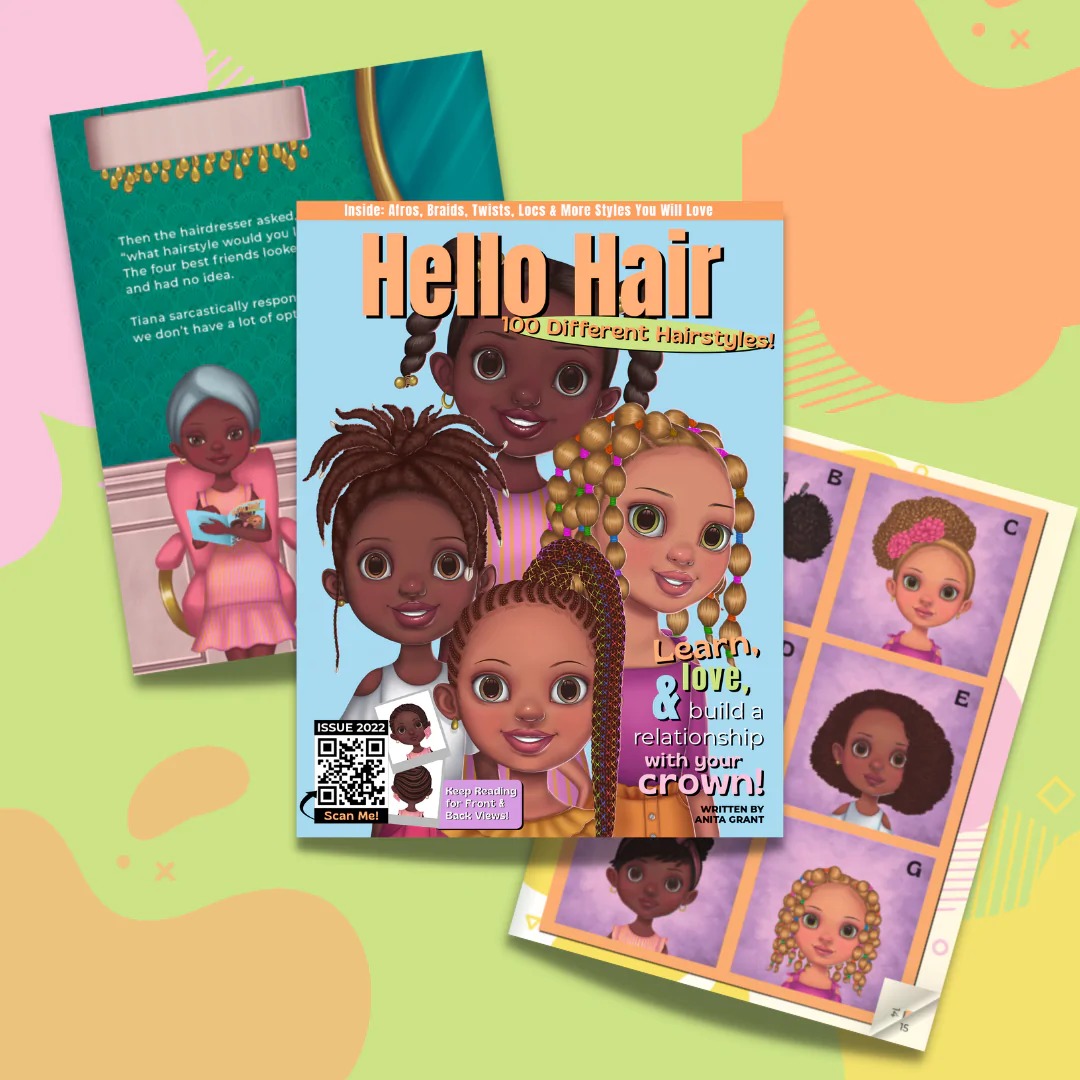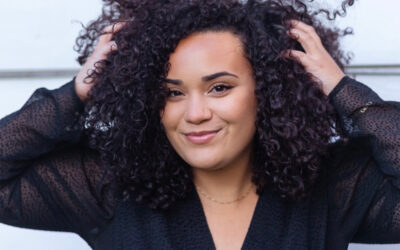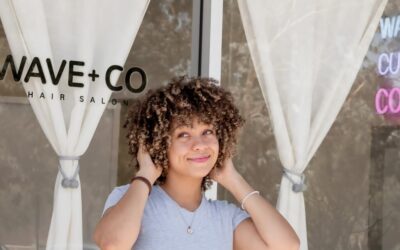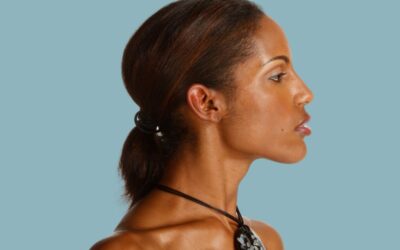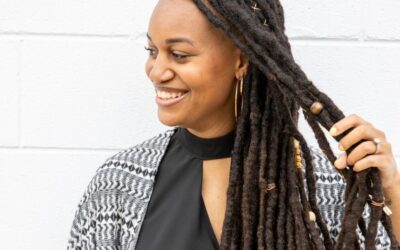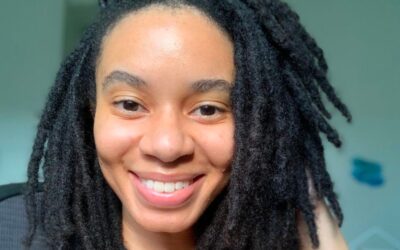When you’re a new natural or you’ve been a natural for a while but recently started to look up more info on how to take care of your hair, you’ve most likely come across common natural hair terminology tossed around from time to time. If you’re like me, you’ve been wondering what a few of them mean. Here is a list of natural hair terminology that you may find useful.
Big Chop
This is one of the options for prospective naturals. To “big chop” is to cut all relaxed or damaged hair and start with completely natural hair. For some, this haircut will remove a couple of inches while others prefer to go with a much shorter cut.
BSL – Bra Strap Length
This is one of the many length markers that naturals who are looking to grow their hair use to track progress. Bra strap length hair will touch the clasp of the bra that sits in the mid back area.
Co – Wash
Co-Washing is a cleansing technique that uses a cleansing conditioner instead of a shampoo. Many people with natural hair like using a co wash because it is less harsh than a traditional shampoo.
Curly Girl Method
There are many different schools of thought in the natural hair community when it comes to hair care. The curly girl method calls for a no shampoo routine, no silicones, and no combs. While it may seem extreme, the curly girl method is highly recommended by those who follow it.
Detangle
Detangle is a word that someone with natural hair will hear quite a bit. Detangling is the process of removing knots or tangles from your hair. There are many different methods of detangle: some naturals prefer not to use any tools such as combs or brushes while others find that denman brushes or special combs are most effective.
Hair Type
Hair typing describes the systems that many use to describe their natural hair. The most well known hair typing system was created by Andre Walker and describes hair using a series of letters and numbers. Walker’s system ranges from 1A to 4C but most people with curly hair would describe their strands somewhere in the 3 or 4 category.
Pre Poo
A pre poo is often used prior to washing hair. Usually an oil mixture, this can be used to aid in detangle and protect strands from harsh cleansing agents.
Porosity
Your hair’s porosity is how well it absorbs and retains moisture. Porosity is determined by the hair’s outer layer which will determine how easily moisture enters and leaves hair. Low porosity hair will have difficulty absorbing moisture but will easily retain moisture. High porosity hair will absorb moisture easily but may have difficulty retaining moisture. Your hair’s porosity can be affected by use of heat or color.
Protective Styles
Protective styles are hairstyles that shield your natural hair from daily wear and tear. Protective styles will normally cover or tuck away the ends of hair and will discourage manipulation and tangling.
Single Strand Knots
A natural’s nightmare, single strand knots occur when hair loops around itself or other strands. These knots can be caused by manipulation. You can prevent single strand knots by detangling your hair thoroughly.
Sulfates
Sulfates are some of the most controversial ingredients in natural hair products. Mostly found in shampoos or cleansing agents, sulfates are what create the lather we see when we wash our hair. Sulfates effectively strip oil and dirt from the hair
Twist Out
Probably the most popular natural hairstyle, the twist out is a perfect style for someone just starting out with natural hair. It is simple, fairly fool proof, and less time consuming than other styles. A twist out is achieved by taking two strands of hair twisting them together. Once the twists are set, unravel, and enjoy your curls!
TWA
The teeny weeny afro or TWA is what many with natural hair have after the big chop. It is usually very short and the first experience many of us have with natural hair.
Transition
Transitioning is the alternative to a big chop. Some people would like to “go natural” but would like to do so gradually so they transition. Transitioning usually involves gradually cutting off relaxed or damaged ends until all that is left is natural hair.
Waist Length
Waist length hair is hair that has reached the smallest part of the midsection. For many who are on a hair growth journey, waist length hair is the ultimate goal.


